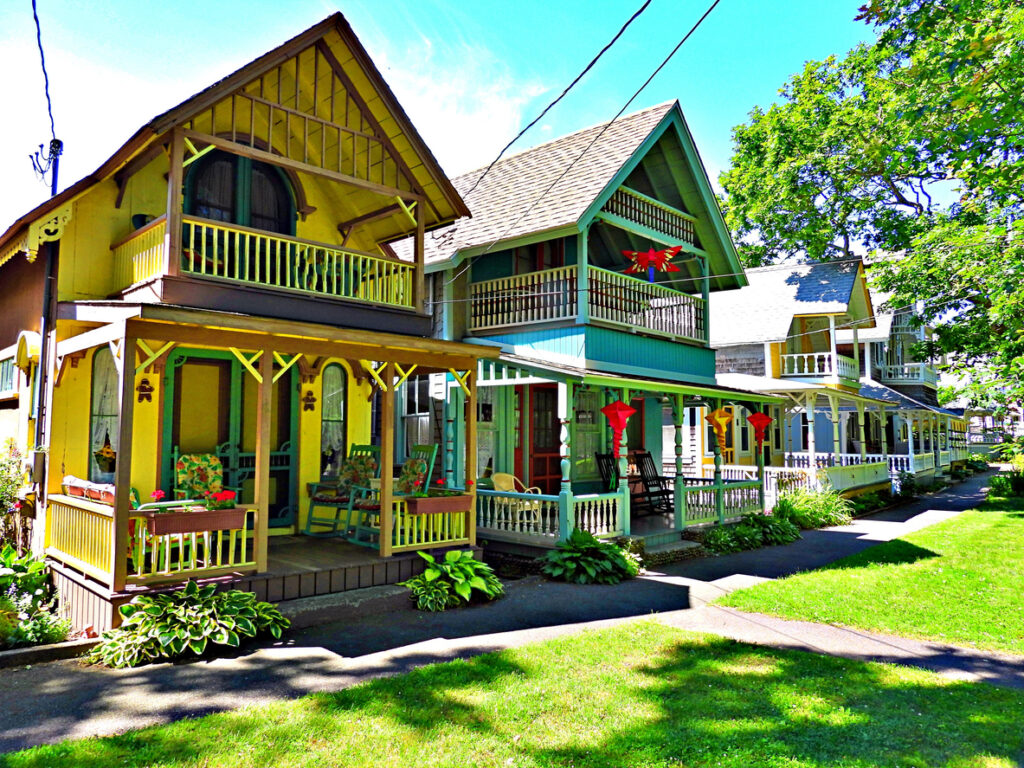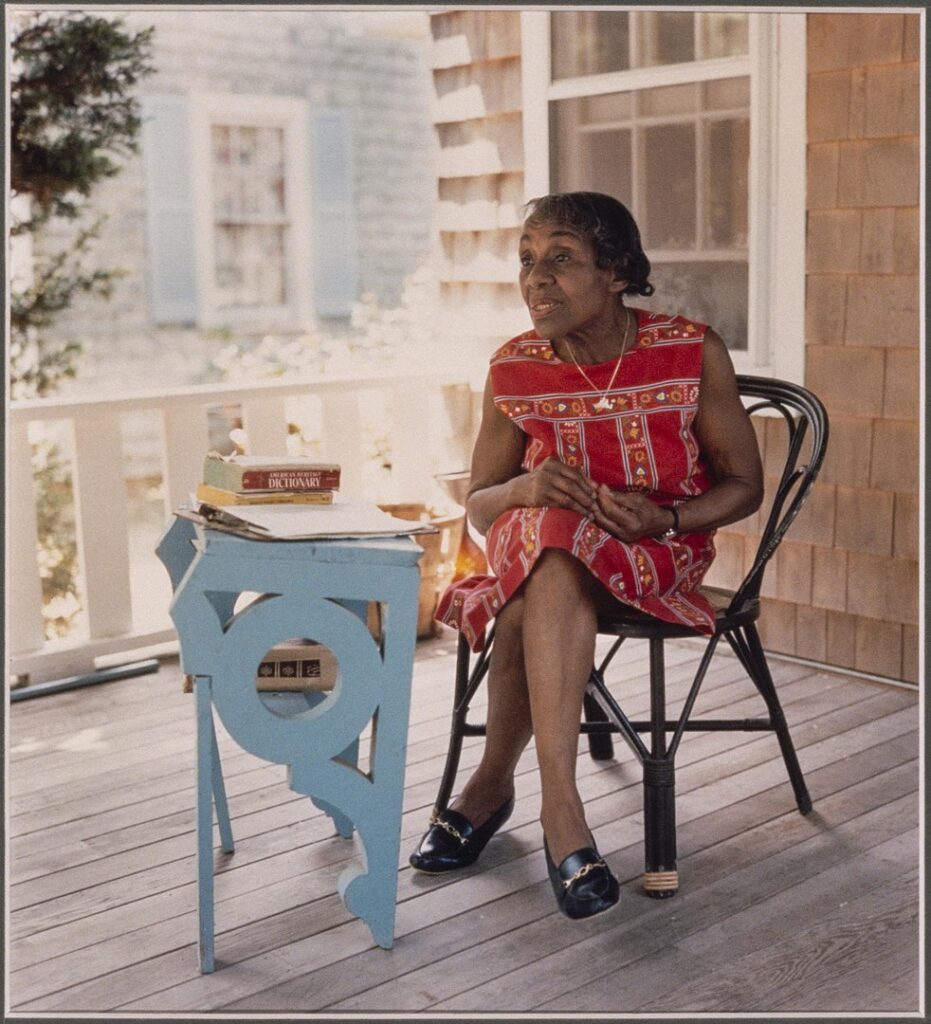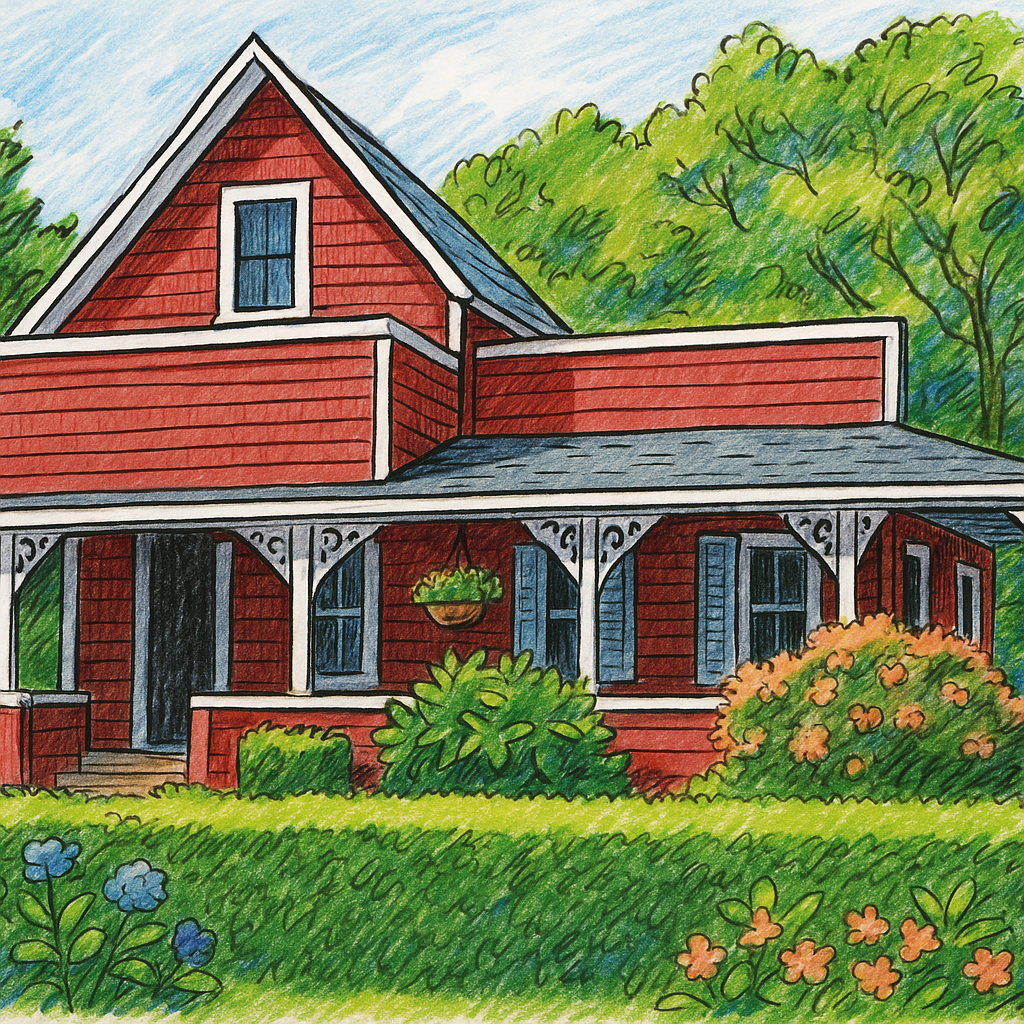
Martha’s Vineyard may be best known for its coastal beauty, gingerbread cottages, and presidential photo ops—but for generations of African Americans, it has also represented something far deeper: sanctuary, celebration, and belonging.
Long before Oak Bluffs became a Black cultural stronghold, people of African descent were already part of the island’s story. The first arrivals came in the 1600s as enslaved West Africans who worked on the farms of European settlers. But over time, that story transformed into one of freedom, community, and resilience.
From Enslavement to Enterprise
By the 18th century, the harbor town of Oak Bluffs began drawing freed slaves, laborers, and sailors. Many were sold land by local white residents, forming the foundation of what would grow into a vibrant Black community. After the abolition of slavery, freed Blacks continued to arrive, drawn by work in the island’s fishing industry and the promise of a better life.
In the 1800s, African Americans worked as hotel staff and domestic workers for wealthy white families summering on the island. But alongside that labor was enterprise—Black residents from the Massachusetts mainland began establishing businesses to serve the growing population of year-round and seasonal visitors of color.
One area that became a focal point of Black life was Baptist Temple Park, where formerly enslaved people and their descendants bought property and gathered for religious services. In the early 20th century, this neighborhood attracted teachers, lawyers, doctors, musicians, and entrepreneurs—many of whom returned year after year, generation after generation.
Oak Bluffs: A Beacon for Black Travelers

By Judith Sedwick – https://www.flickr.com/photos/schlesinger_library/13270144833, No restrictions, https://commons.wikimedia.org/w/index.php?curid=58431059
While other towns on Martha’s Vineyard did not allow Black visitors to stay in inns or hotels until the 1960s, Oak Bluffs stood apart. It became the only town that welcomed African American tourists, making it a safe and welcoming haven for vacationers from New York, Boston, and Washington, D.C.
Wealthy and middle-class Black families began purchasing or renting homes in neighborhoods known as the Oval or the Highlands, forming a close-knit summer enclave that inspired literary works like The Wedding by Harlem Renaissance writer Dorothy West, who herself lived in the area.
By the 1930s, Black landowners and community leaders had transformed Oak Bluffs, known as the “Inkwell” (a name reclaimed with pride despite its originally derogatory origins), into the country’s best-known—and arguably most exclusive—Black vacation destination. It became a powerful symbol of success, joy, and cultural pride during an era when such spaces were few and far between.
Shearer Cottage & the Legends Who Visited

One of the most iconic institutions from this era was Shearer Cottage, founded in 1912 by Charles Shearer, the son of an enslaved woman and her enslaver. After witnessing how Black visitors were turned away from other inns due to segregation, Shearer built his own guesthouse specifically for African American travelers.
Shearer Cottage quickly became a cultural touchstone and a haven for some of the most influential Black figures of the 20th century. Guests included:
- Madame C.J. Walker, the first self-made female millionaire in America
- Singers Paul Robeson, Ethel Waters, and Lillian Evanti
- Composer Harry T. Burleigh
- Arctic explorer Matthew Henson, a guest of Rev. Adam Clayton Powell Jr., who also owned a cottage nearby
Though Shearer Cottage is no longer open to guests today, its legacy is part of the foundation that continues to uplift Black history on the island.
Preserving the Legacy: The African American Heritage Trail
To honor the many untold stories and significant contributions of Black islanders and visitors, the African American Heritage Trail of Martha’s Vineyard now includes over 30 sites highlighting this rich legacy. From the homes of historical icons to churches and community centers, the trail connects the past with the present, ensuring future generations understand and celebrate the contributions of Black Americans to the Vineyard’s identity.
Why It Matters
Martha’s Vineyard is not just a beachy escape—it is a living, breathing monument to Black excellence and community. It’s where generations have come not only to relax, but to build, reflect, and thrive. Whether you’re walking the Inkwell shoreline, reading Dorothy West under a beach umbrella, or tracing your steps along the Heritage Trail, you’re walking on sacred ground.
Planning a visit? Pair your trip with a heritage itinerary that includes historical tours, cultural dining, and time for joyful rest. And as you explore, remember: you’re not just on vacation—you’re standing in the legacy of those who dared to dream bigger, in a place that finally said, “Welcome.”
